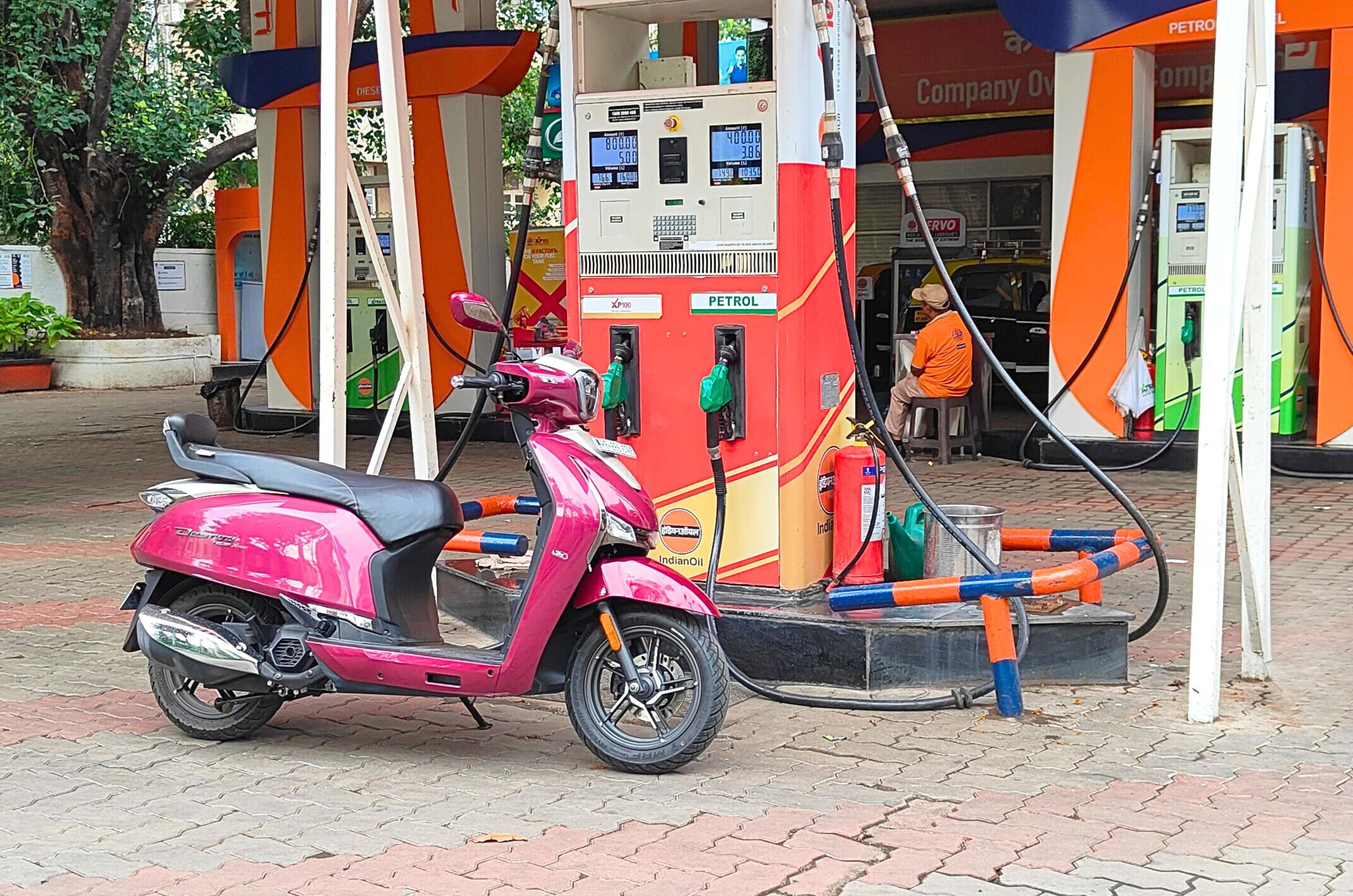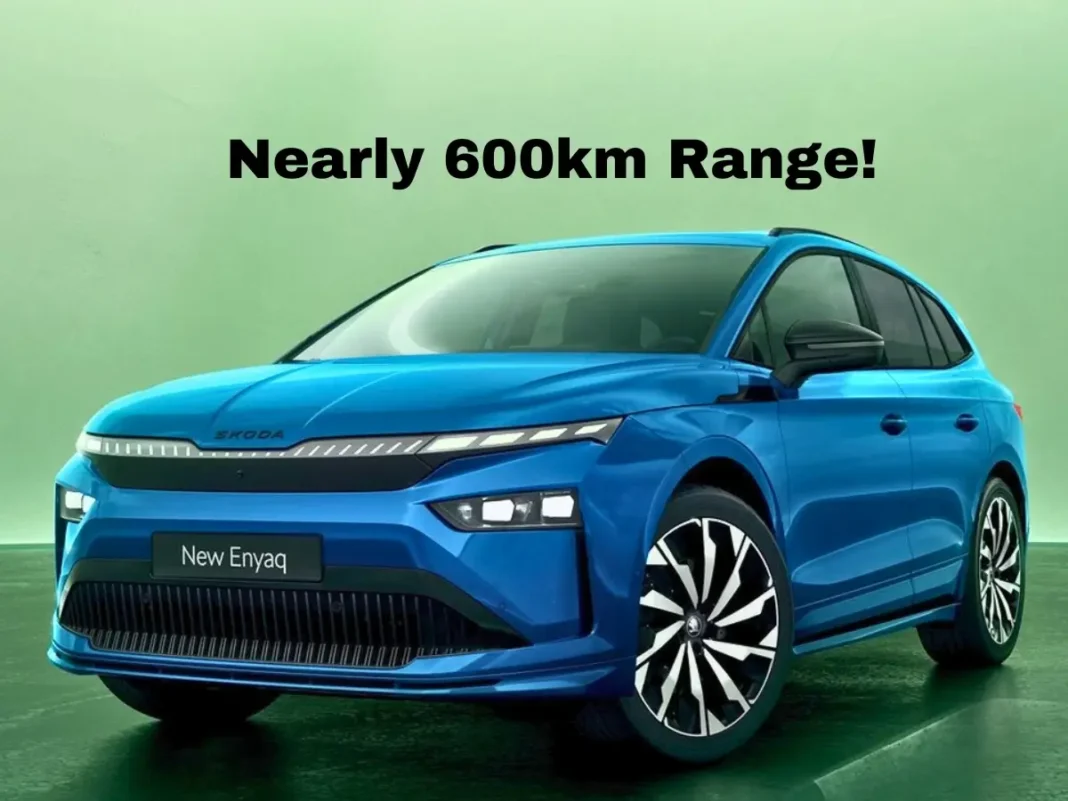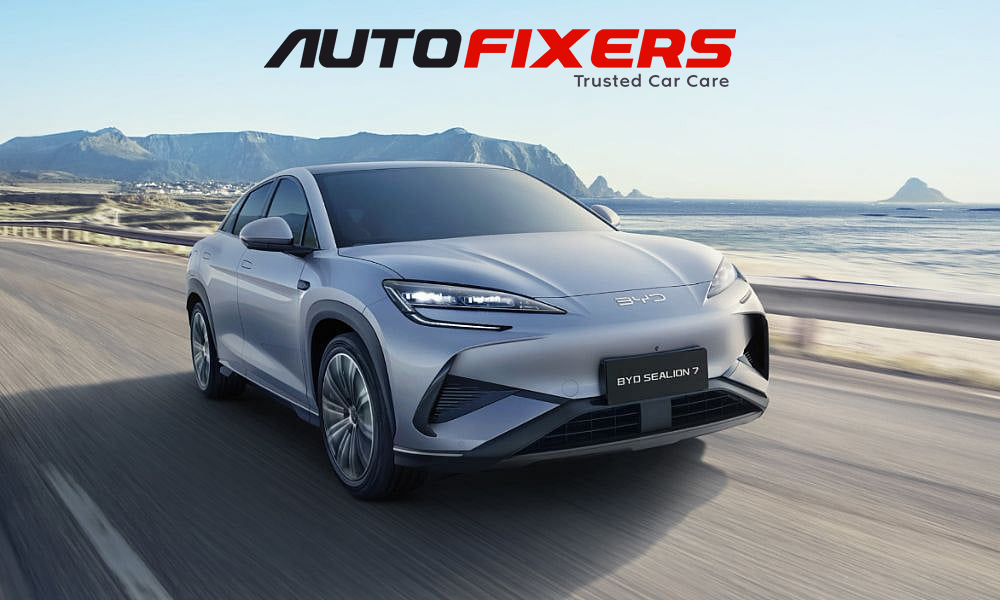
Recently, Hero updated its widely popular 125cc scooter, the Destini. We have now subjected this model to our comprehensive testing methods to uncover its real-world mileage results for the year 2025.
Hero Destini 125 Real-World Fuel Efficiency
Destini’s Real-World Mileage Approaches Manufacturer Claims
In line with our testing protocol, we first took the Destini 125 on a highway mileage run, covering just over 55 kilometers. After this journey, it took nearly a litre of fuel to fill the tank back up, resulting in an impressive highway mileage of 57.44 kilometers per litre (kpl).
Next, we navigated the bustling streets of Mumbai, riding the Destini 125 for slightly more than 50 kilometers. It required less than a litre of petrol to refill the tank, leading to an urban mileage figure of 58.26 kpl.
Hero Destini 125 Fuel Economy Insights
Start/Stop Technology Benefits City Riding
Hero states that the Destini is capable of achieving a mileage of 60 kpl. In our assessments, we found that it closely aligned with these figures, reaching a combined fuel economy of 58 kpl. Several features contribute to this efficient performance. The engine’s responsive nature allows for smooth acceleration without the need for excessive throttle, which helps in conserving fuel.

Moreover, Hero’s innovative i3s start/stop technology temporarily shuts off the engine while idling, effectively saving fuel. This feature proves particularly advantageous in urban settings, where fuel efficiency significantly influences buyer decisions.
Autocar India’s Fuel-Efficiency Testing Methodology
Our fuel economy testing begins with filling the tank to its full capacity while ensuring that the scooter is set to the recommended tyre pressures. The scooter is then operated on predefined city and highway routes, with average speeds reflecting real-life conditions while adhering to speed limits. We maintain consistent rider weights and ballast to ensure uniformity across different vehicles and testers. At the conclusion of each test cycle, the fuel tank is filled again, which allows us to accurately determine the amount of fuel consumed versus the distance covered.





